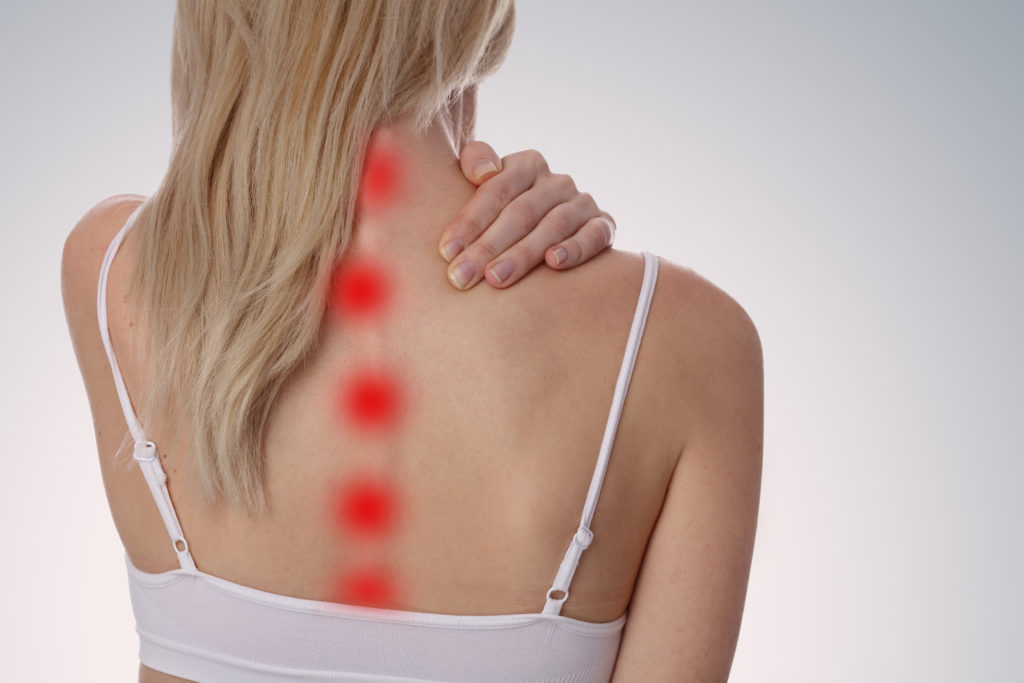Healthy spines move well and send healthy neurological signals to the brain (called proprioception). These signals are critical for proper brain function and the brains ability to control the function of the entire body.
Chiropractic is important for overall health for some of the same reasons that exercise is important for overall health. Movement of properly moving spinal joints feed the brain healthy proprioceptive nerve stimulation. There are well-documented movement-learning and movement-pleasure pathways that involve spinal joints and surrounding tissue sending proprioceptive nerve signals to the brain1, 2, 3. Proper spinal range of motion is therefore required for healthy neurological communication between the body and the brain.
When your spinal joints are not moving properly, they start to degenerate, get inflamed and send stressful nociception (pain) signals to the brain4. These pain signals lead to the brain releasing stress hormones (Cortisol and Catecholamines) that are involved in most chronic stress physiology. Restoring spinal movement decreases the stress signals, decreases the stress hormone release and therefore reduces the overall load to the health of the body.
The science is clear in showing that chiropractic spinal adjustments results in restored motion, reduced nociception (pain) and reduced stress hormone levels6,7,8,9.
- Jensen E Brain–Based learning. The brain store 1995 Szn Diego, CA USA.
- Jensen E. Brain –Based Learning. The New Science of Teaching and Training. The brain store 200 Szn Diego, CA USA.
- Seaman D.R. Dysafrentation; a novel term to describe the neurophysiological effects of joint complex dysfunction. A look at likely mechanism of symptom generation. J Manip Physiol Ther 1998;21 (4)
- Videman T. Experimental models of osteoarthritis: the role of immobilization. Clinical biomechanics
- Haavik-Taylor, H. , Murphy B., Cervical spine manipulation alters sensimotor integration:A somatosensory evoked potential study. Clinical Neurology 118 (2007) 391-402.
- Terret et al.. Manipulation and pain tolerance. American journal of physical medicine 1984, 63, (5)
- Hayek R. Ph. D 9th International Conference of Spinal Manipulation Oct5, 2002 Reported in Advance 23 (2) Foundation of chiropractic Education and Research.
- Tuchin, P. J. The effct of spinal manipulative therapy on salivary cortisol levels. Journal of the academy Chiropractic Orthopeadists 7 (2) July 1998.
- Whitingham, W &Nilssons, N. Active range of motion in the cervical spine increases after spinal manipulation. J of Manip Physiol Ther 2001.

